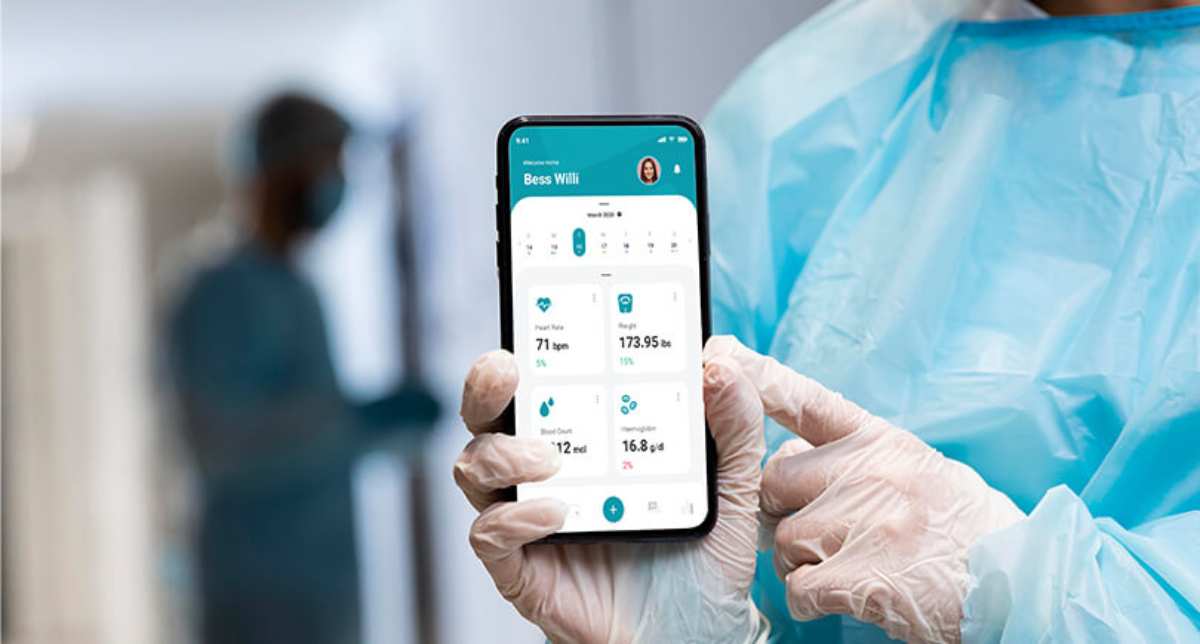These days, with pretty much everything going digital, businesses and organizations are looking to advance tech to make things run smoother, boost security, and give customers better experiences. One great example is ID scanning software, which automates how we capture, verify, and store information from ID documents.
Whether you’re in retail, hospitality, finance, or even government, ID scanning software is changing the game for identity verification. In this article, let’s dive into what ID scanning software is all about.
What is ID Scanning Software?
ID scanning software enables the extraction and processing of data from identification documents such as passports, driver’s licenses, national ID cards, and other government-issued IDs. By using advanced technologies like optical character recognition, machine learning, and artificial intelligence, this software scans and interprets text, barcodes, and other data points on an ID, converting them into digital formats for verification, storage, or integration with other systems.
Unlike manual data entry, which is time-consuming and prone to errors, ID scanning software automates the process, ensuring accuracy and efficiency. It can verify the authenticity of an ID, cross-check it against databases, and flag potential fraud.
How Does ID Scanning Software Work?
The functionality of ID scanning software relies on a combination of hardware and software components. Here’s a simplified breakdown of how it works:
- Document capture: The procedure starts with capturing an image of the ID using a scanner, camera, or mobile device. Some solutions use specialized hardware, while others are compatible with standard smartphones or tablets.
- Data extraction: The software employs OCR technology to recognize and extract text, numbers, and other data from the ID. For instance, OCR Studio is an example of a solutions provider that uses advanced OCR to accurately capture information from various ID formats, ensuring high precision even with low-quality images.
- Data verification: Once extracted, the data is analyzed to verify the authenticity of the ID. This may involve checking security features like holograms, microtext, or barcodes, and cross-referencing the information with external databases or watchlists.
- Data storage and integration: The extracted information can be stored securely in a database or integrated with other systems, such as customer relationship management platforms, point-of-sale systems, or compliance management tools.
- Reporting and analytics: Many ID scanning solutions offer reporting features, allowing businesses to track verification activities, monitor compliance, and generate insights for operational improvements.
Benefits of ID Scanning Software
The adoption of ID scanning software offers numerous advantages, making it a valuable investment for organizations across various sectors. Here are some key benefits:
Enhanced Efficiency
Manually entering data from IDs is labor-intensive and time-consuming. ID scanning software automates this process, reducing processing times from minutes to seconds. This is especially beneficial in high-traffic environments like airports, hotels, or retail stores, where quick and accurate verification is essential.
Improved Accuracy
Human errors in data entry can lead to costly mistakes, such as incorrect customer records or compliance violations. ID scanning software minimizes these risks by accurately capturing and processing data, ensuring consistency and reliability.
Strengthened Security
Fraudulent IDs are a significant concern for businesses, especially in industries like finance and healthcare. ID scanning software uses advanced algorithms to detect forged or tampered documents, helping organizations prevent identity fraud and protect sensitive information.
Regulatory Compliance
There are industries subjected to strict regulations regarding identity verification, such as Know Your Customer (KYC) and Anti-Money Laundering (AML) requirements. ID scanning software helps businesses comply with these regulations by providing auditable records and ensuring accurate verification processes.
Enhanced Customer Experience
By speeding up the verification process, ID scanning software reduces wait times and improves customer satisfaction. For example, in hospitality, guests can check in quickly without filling out lengthy forms, creating a seamless and professional experience.
Applications of ID Scanning Software
ID scanning software is versatile and can be applied across a wide range of industries. Below are some of the most common use cases:
Financial Services
Banks, credit unions, and other financial institutions use ID scanning software to verify customer identities during account openings, loan applications, or transactions. This ensures compliance with KYC and AML regulations while reducing the risk of fraud.
Hospitality and Travel
Hotels, car rental agencies, and airlines rely on ID scanning software to streamline check-in processes and verify traveler identities. This enhances operational efficiency and ensures compliance with travel regulations.
Retail and E-Commerce
Retailers use ID scanning to verify age for restricted purchases, such as alcohol or tobacco, and to prevent fraudulent transactions. In e-commerce, ID scanning can be integrated into online platforms for secure account creation and payment processing.
Healthcare
In healthcare, ID scanning software ensures accurate patient identification, reducing the risk of medical errors and protecting sensitive health information. It also helps comply with regulations like HIPAA.
Government and Law Enforcement
Government agencies and law enforcement use ID scanning to verify identities during border control, voter registration, or criminal investigations. The software’s ability to cross-reference data with watchlists enhances public safety.
Key Features to Look for in ID Scanning Software
When selecting an ID scanning solution, it’s important to evaluate its features to make sure it meets your needs. Here are some essential features to consider:
Multi-Format Support
The software should be capable of processing various ID types, including passports, driver’s licenses, and national IDs, from different countries and regions.
Advanced OCR and AI
High-quality OCR and AI capabilities ensure accurate data extraction, even from damaged or low-quality IDs. Look for solutions that can handle diverse fonts, languages, and formats.
Fraud Detection
Robust fraud detection features, such as verification of security elements (e.g., holograms, UV patterns), are critical for identifying counterfeit IDs.
Integration Capabilities
The software should integrate seamlessly with existing systems, such as CRM, POS, or compliance platforms, to streamline workflows and data management.
Cloud-Based or On-Premise
Options Depending on your organization’s needs, choose between cloud-based solutions for scalability and accessibility or on-premise solutions for enhanced control and security.
User-Friendly Interface
A simple, intuitive interface ensures that staff can use the software effectively with minimal training.
Data Security
Given the sensitive nature of ID data, the software must comply with data protection regulations like GDPR or CCPA and employ robust encryption to safeguard information.
Endnote
ID scanning software is a total game-changer for any organization looking to seriously step up its security, smooth out its day-to-day operations, and make sure it’s playing by the rules. It automates the whole verification process, which means you’re saving time, cutting down on mistakes, and receiving protection against fraud. By picking a solution that truly fits your needs you can unleash the full power of this amazing tool and stay ahead in our increasingly digital world.
Also Read: Why 90% of AI Projects Fail (And How to Be in the 10%)




